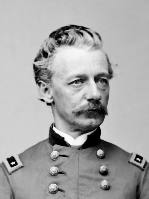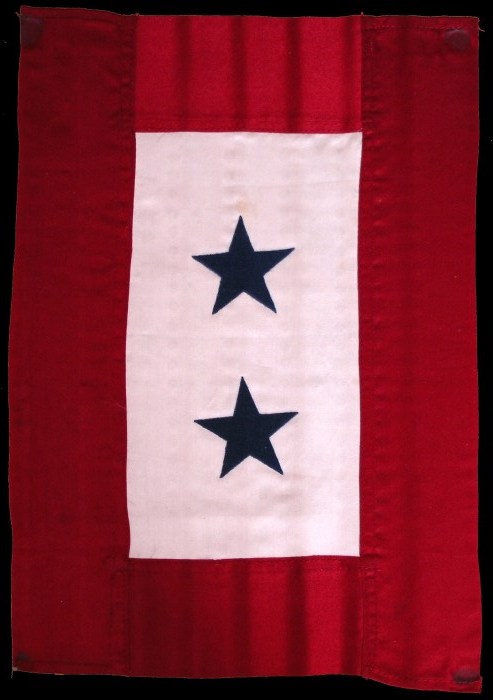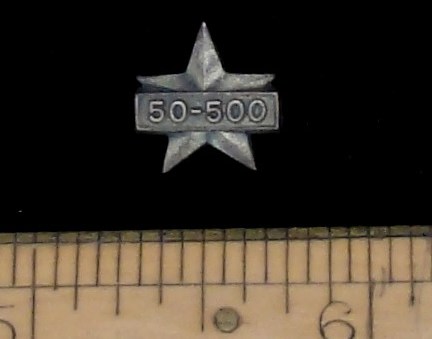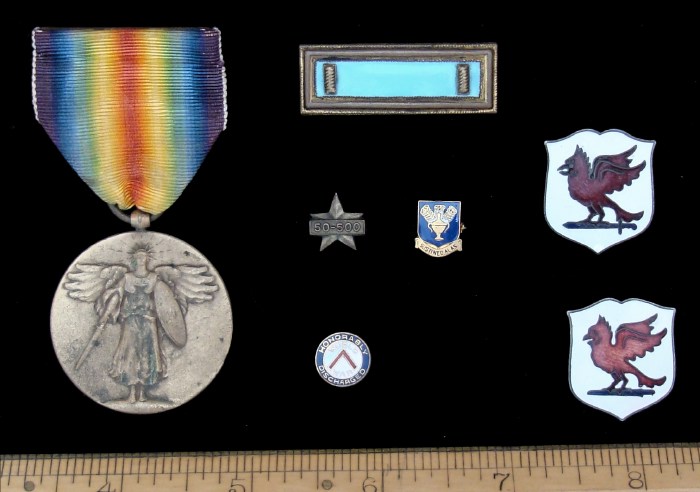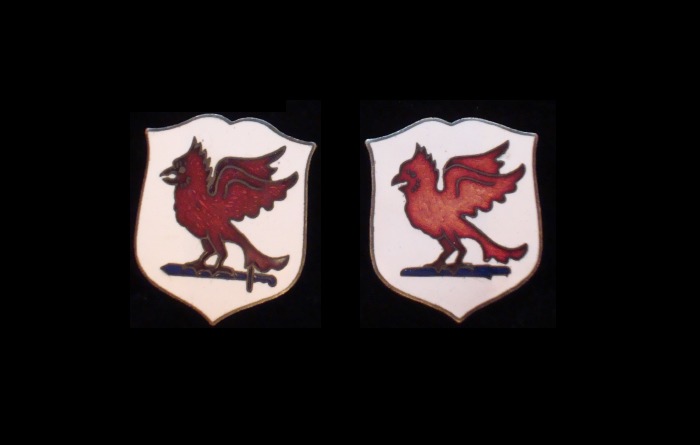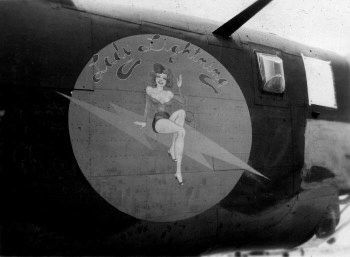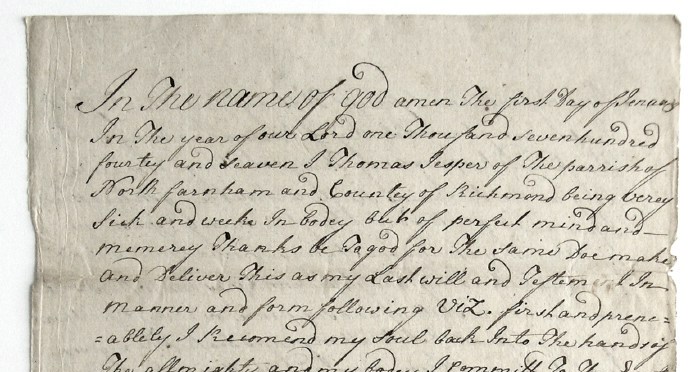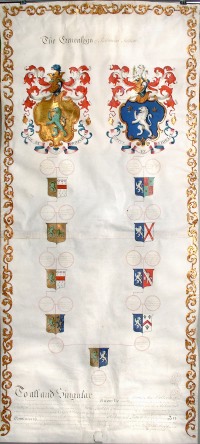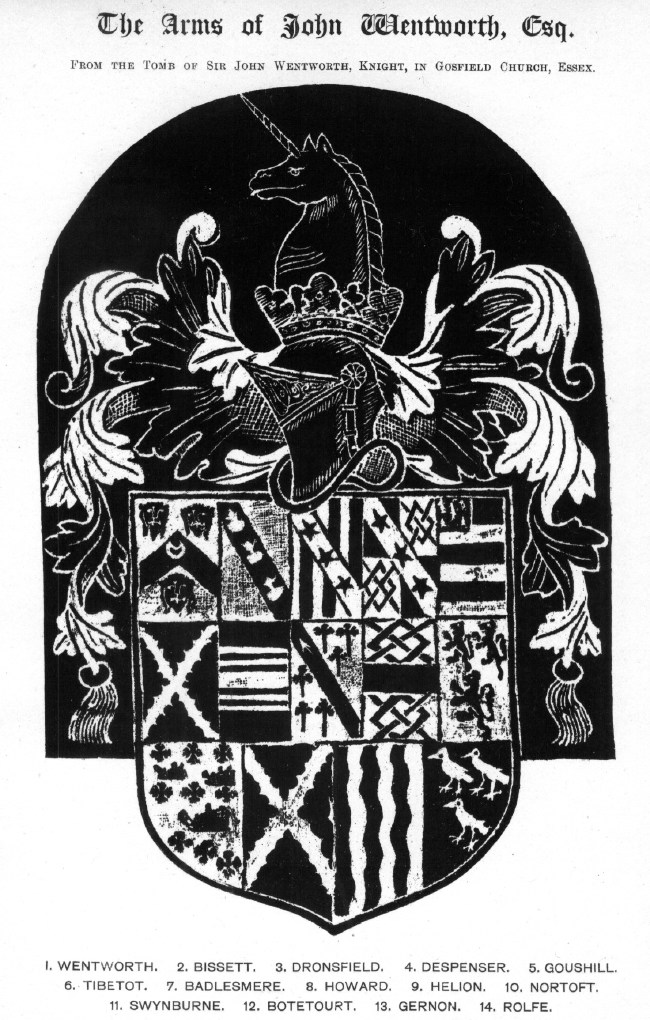I’ve finally made some progress on the family of my great-aunt Natalie, wife of my great uncle George A. Smith (born Schmitt) of Louisville and New York City. Smith, an actor on stage and screen, married Natalie, a New York socialite when they were both in their late 40s, during the war in 1944; they had no children.
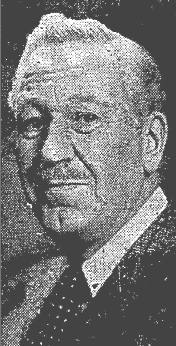
Unc died before I was born but I well remember sitting in the back garden of Natalie’s townhouse on the Upper East Side on one overnight visit to New York. I was about five at the time (around 1970), and there is still a picture of me from that particular afternoon, with a great big bowl cut and my favorite loud striped pants. That afternoon I choked on a bullion cube; the next day when we went home I left my stuffed frog behind. Obviously the choke was not fatal, and Natalie later mailed the frog to me with a little note: “So glad to be home again.”
Anyway a couple of years ago I found out that Unc was in a movie that I could actually find on tape: ‘Stolen Heaven’ (1931). He has a small part and does a great comic routine with a cello. The place I got the tape from (a very dark nth generation bootleg) specialized in some weird porn and cult flicks; I’m not sure how this 30’s young love – crime melodrama fit into their catalogue. I started to look for examples of his TV work in the early 50s (he died in 1959), but don’t have any of the shows—preserved kinescope tapes of obscure early 1950s TV are rare, and these shows haven’t been collected on line yet, maybe never will.
Anyway, Natalie, who was born Natalie Slocum, has some interesting family connections. Her father, Henry Warner Slocum Jr., was a lawyer and sometime US tennis champion in the 1880s.
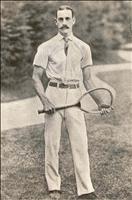
Her grandfather was Civil War general Henry Warner Slocum.
